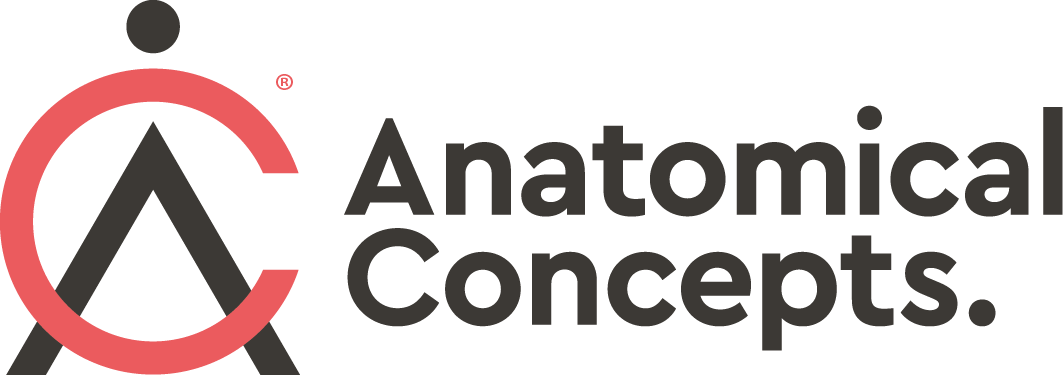Articles
Filter by Topic
- Adaptive Sport 1
- Artificial Intelligence 1
- Bike Labyrinth 3
- Bone density 1
- Brachial Plexus 1
- Bridging the Gap 1
- Bridging the Gap 1
- Carbonhand 4
- Cardiovascular 1
- Client Stories 4
- Cognition 1
- Company Updates 3
- Decision Making 1
- Dementia 1
- Denervation 21
- Diabetic Foot 12
- Efficiency 1
- Electrotherapy 27
- Exercise Benefits 28
- FES Cycling 12
- Functional Electrical Stimulation (FES) 55
- Gait 2
- Goal Setting 5
- Grip 3
- Healthspan 2
- Indego 13
- Lifestyle 8
- Lower Motor Neuron 1
- Mobility 17
- Motivation 2
- NMES 1
- Nerve injury 1
- NexStride 1
- Occupational Therapy 1
- Orthotic 15
- PRAFO 22
- Pain 5
- Parkinsons 2
- Pressure Ulcers 10
- Product Updates 7
- RISE Stimulator 9
- Safety 2
- Sponsor 1
- Standing 4
- Stim2Go 2
- Stimulette den2x 5
- Support 1
- TENS 1
- Technology 17
- Tek RMD 21
Article Length
- 1 minute read 3
- 10 minute read 9
- 11 minute read 7
- 12 minute read 7
- 15 minute read 6
- 18 minute read 1
- 19 minute read 1
- 2 minute read 4
- 26 minute read 1
- 27 minute read 1
- 28 minute read 1
- 3 minutes read 9
- 4 minute read 34
- 5 Minute read 12
- 6 minute read 6
- 7 minute read 13
- 8 minute read 6
- 9 minute read 3
- FES 2
- FoG 1
- PRAFO 1
- Seven Minute Read 1
- awareness 1
- carbonhand 2
- cognitive 1
- cues 1
- freezing gait 1
- freezing of gait 1
- gait 1
- neurological 1
- neuroplasticity 1
- nexstride 2
- occupational therapy 1
- occupational therapy day 1
- orthopaedics 1
- orthotic 1
- parkinson's 1
- pressure 1
- pressure relief 1
- prevention 1
- rehabilitation 2
- stroke 1
- ulcers 1
- world stroke day 1
How does the timing and intensity of stimulation in home-based FES (hbFES) affect the structural recovery of lower motor neurons and muscle fibres following a complete denervation injury?
Home-based functional electrical stimulation (hbFES) is revolutionizing the treatment of complete lower motor neuron denervation injuries. Once considered an inevitable path to muscle deterioration, new research and clinical evidence show that properly timed and calibrated electrical stimulation can not only preserve muscle tissue but actually promote structural recovery. At Anatomical Concepts, we work with the RISE Stimulator from Schuhfried Medizintechnik GmbH, enabling clients to take control of their rehabilitation journey from home. This innovative approach has demonstrated remarkable results, including significant increases in muscle cross-sectional area and force output, challenging long-held assumptions about the irreversibility of denervation effects.
Creating an Assessment Report and Training Plan for the RISE Stimulator
In this article we look at how we deal with enquiries about the RISE Stimulator. This product is used to treat muscle denervation using a unique electrical stimulation device. Clients may have experienced a spinal cord injury affecting the lower motor neuorons or they may have a peripheral nerve injury.
In all cases, all parties need to know whether the product is likely to be safe and effective to use. Here we look at an ideal situation where complete information is available.
Embracing AI: Discover the RISE Stimulator with Our Innovative Chatbot
Consider this scenario: You're curious about the RISE Stimulator because you've heard it's effective for treating denervated muscles and you want to learn more.
It's evening, our office is closed, and you don't feel like sifting through numerous web pages to find the information you need. Would you trust a chatbot to provide the answers you're looking for?
Try out our chat bot and let us know what you think
Can Electrical Stimulation Help Denervated Muscles Recover?
This article explores the role of electrical stimulation in the recovery of denervated muscles, detailing its mechanisms, clinical guidelines, and home-based applications. It highlights recent research, current limitations, and future directions, offering insights for medical professionals and patients.
6 Part Lunchtime Webinar Series - Electrical Stimulation for Denervated Muscle
In six, succinct, Thursday lunchtime sessions, we will explore how electrical stimulation techniques can enhance the well-being of individuals with denervated muscles. Whether caused by peripheral nerve injuries or lower motor neuron damage in the spinal cord, forms of electrical stimulation can reverse some of the physiological consequences of denervation.
Why your NMES product probably doesn't work with denervated muscle.
It's not unusual for us to receive a call from a client with a spinal cord injury or a peripheral nerve injury who has been trying to use a handheld NMES (a form of Functional Electrical Stimulation) product and can't seem to produce a muscle contraction. The reason is likely because the muscle is denervated, and the NMES unit is unsuitable for that application. This article will explain why these units will not be suitable when denervated muscles are present, especially if it has been some time since the injury.





